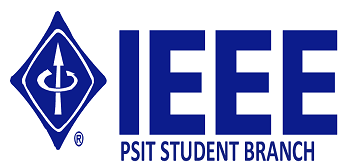


Sony's display contains 16 times as many pixels as a 4K television and 64 times as many as a regular 1080p high definition TV, meaning it can show images in far more detail than normal. This will let viewers stand close to the unit - which is longer than a bus - without its image looking blurred.
One expert said it would likely take decades for 16K tech to filter down to consumer products.
The 63ft by 17ft (19.2m by 5.4m) screen is currently being installed at a new research centre that has been built for the Japanese cosmetics group Shiseido in the city of Yokohama, south of Tokyo. It is so large it will stretch between the first and second floors.
|
Technical |
|---|---|
|
Japan |
On 8 July 2017, the Chinese State Council announced plans to turn China into the world leader in artificial intelligence by 2030, seeking to make the industry worth 1 trillion yuan. The State Council published a three-step to that effect in which it outlined how it expects AI to be developed and deployed across a wide number of industries and sectors, such as in areas from the military to city planning. According to the road map, China plans to catch up to current AI world leaders' technological abilities by 2020, make major breakthroughs by 2025 and be the world leader in 2030.
|
Technical |
|---|---|
|
China |
Once the celebrations are over and the world-class supercomputer is installed and operational, it becomes imperative to deliver on the promised value of such a significant computational asset. World-class supercomputers such as the recently installed Korea Institute of Science and Technology Information (KISTI) NURION system (currently the 13th fastest system in the world as of the November 2018 TOP500 list) exemplify how these computational platforms are both national assets and flagship technology tools procured to provide for the future—be it in science or to meet the economic needs of a region.
Underlying Koreas strong economic development has been a consistent effort to create a robust science and technology capacity. As the 4th largest economy in Asia and 11th largest in the world, South Korea is a global technology leader where advanced materials science plays an important role. As a leader in advanced materials research, KISTI procured the NURION system in part to help their researchers simulate larger solid atomic structures.
|
Technical |
|---|---|
|
South Korea |
The year 2017 was big for Indian astronomers for two things -- one, the Nobel Prize for the discovery of Gravitational Waves that had some contribution from our scientists, and two, was the discovery of a supercluster of galaxies. Named Saraswati, after the Indian goddess of music, art and knowledge, the supercluster is estimated to contain billions of stars, planets, gases, dark matter and other bodies. In addition, this would also help astronomers understand much about the composition of our universe and its mysterious past.
|
Technical |
|---|---|
|
India |
Chipmaker Qualcomm is trying to configure computer chips to make them work like brains. These neuromorphic chips could be easy to integrate with brains and build more efficient cybernetic devices. Such chips could anticipate what people will do next and do some of the tasks human beings do, such as drive vehicles and play games. The neuromorphic could also become the building blocks for true artificial intelligence machines that think. In the future, even your smartphone could think for itself and anticipate your next move because of neuromorphic chips.
|
Technical |
|---|---|
|
Singapore |